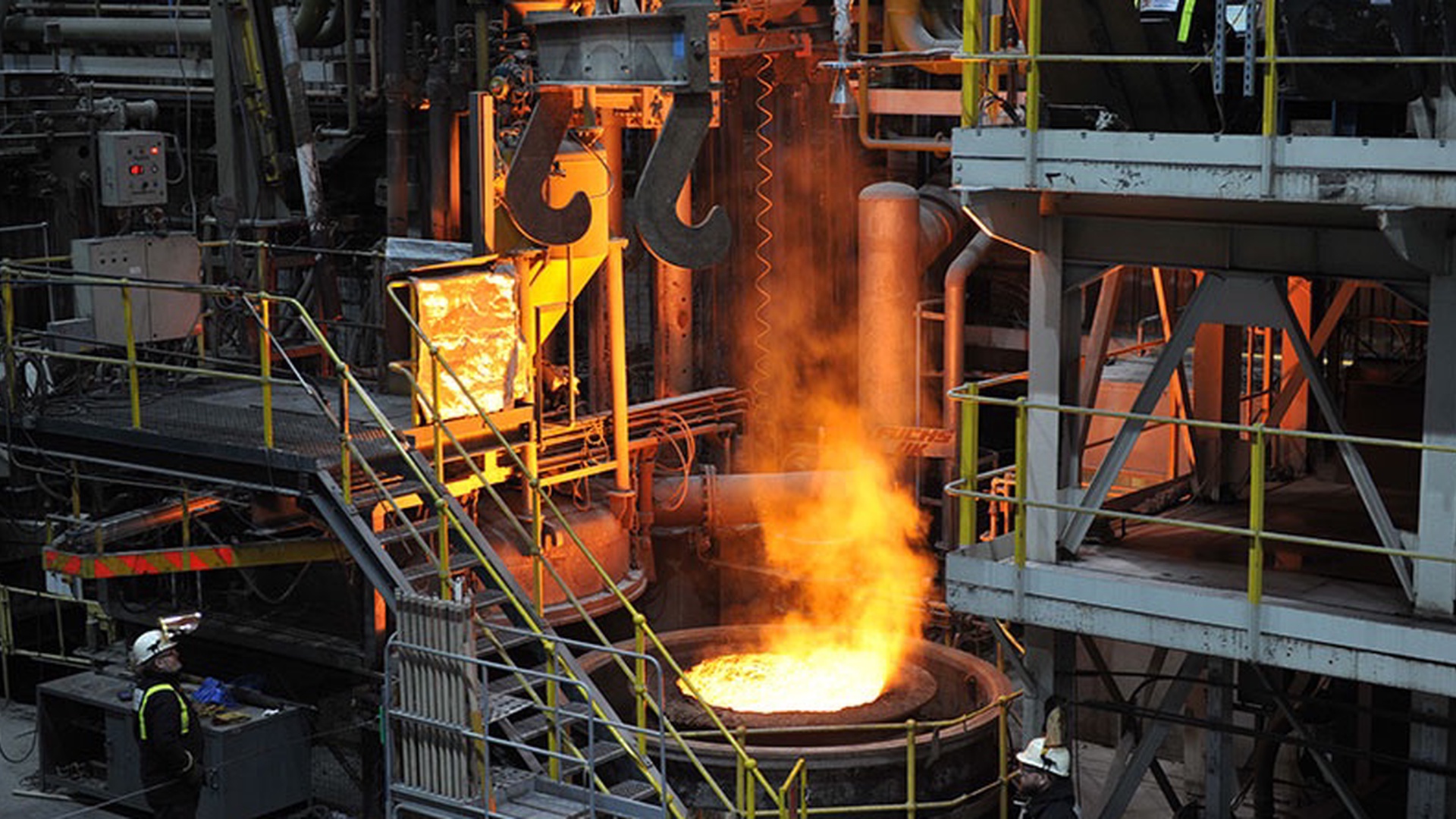

The current annual production of 2 billion tonnes of metals and alloys is responsible for approximately 40% of all industrial greenhouse gas emissions. It also consumes 10% of the global energy supplies and requires 3.2 billion tonnes of minerals for primary synthesis.
Additionally, these materials' mining, production, and processing generate significant amounts of residual and waste products, including mineral gangue, dust, and processing residues, which are about 15-20 times larger in volume than the total amount of metal produced. These numbers are projected to double by 2050, creating a strong incentive to shift a large portion (50-70%) of the material production and manufacturing chain towards circular practices, with recycling playing a central role.
However, recycling rates, especially for strategically critical metals, are often low, with some metals having recovery rates below 1%.
Gas turbine engines, widely used in the aerospace and energy sectors, rely heavily on superalloys due to their exceptional strength and resistance to high temperatures. These superalloys are composed of multiple alloying elements, often exceeding twenty, making them both technologically invaluable and environmentally challenging to refine. The sustainability of metal refining processes for these engines is crucial in minimizing environmental impact and conserving natural resources.
Superalloys used in gas turbine engines are primarily nickel-based, but they may also include significant amounts of cobalt, chromium, molybdenum, tungsten, tantalum, aluminum, titanium, and rhenium, among other elements. The complex and varied composition of these alloys makes the recycling and refining processes highly challenging. The recycling process needs to recover not only the base metals but also these critical alloying elements, which are often present in small quantities.
The diversity in alloy composition necessitates a tailored approach to refining, where each batch may require different treatment processes depending on its specific composition. This complexity leads to energy-intensive processes and significant material losses, particularly during re-melting where oxidation and burn-off can result in up to 20% loss of alloying elements.
The superalloy industry produces significant amounts of scrap, with only a small fraction of the material used in manufacturing ending up as finished products. For example, only 1/7th of superalloys may become finished turbine parts. The industry lacks detailed data on the amount of scrap generated, leading the US Bureau of Mines (USBM) to attempt a survey in the late 1970s, but it was unsuccessful due to unreliable data.
Key facts about the superalloy market include:
Recycling of superalloy scrap is often limited by suppliers, especially in countries like Korea, where maintenance of gas turbines generates considerable scrap.
The recycling process of superalloys is quite complex since many superalloys contain over 20 different alloying elements. When designing and assessing recovery processes, it is challenging to consider each element. There are several available processes to recycle spent or scrap superalloys, but they are often considered environmentally hazardous and energy intensive. While some unique processes are in use, detailed information about them is not widely available in the literature. The selection of a recycling process depends on the metallic constituents and other associated materials, and can be divided into three parts based on their operation.
This is the most common recycling approach, involving the re-melting of scrap superalloys. The scrap, often pre-cleaned, is melted and mixed with fresh material. However, high temperatures required for melting can lead to significant oxidation losses. Additionally, the diversity in scrap material often means that materials not recyclable by one manufacturer might be recycled by another, leading to a lack of standardized processes.
These processes involve leaching metals from scrap using mineral acids. Hydrometallurgy is more selective than pyrometallurgy, potentially allowing for the recovery of specific metals without the high energy costs associated with melting. However, these processes can generate hazardous waste and require extensive chemical handling, raising environmental and safety concerns.
These processes seek to combine the benefits of both methods, often involving initial roasting, calcination, or oxidation followed by leaching or electro-dissolution. This hybrid approach can improve the recovery rates of specific elements but remains complex and energy-intensive.
Superalloy recycling poses significant technical and environmental challenges. Pyrometallurgical processes consume a large amount of energy and contribute to carbon emissions, while hydrometallurgical processes can lead to the generation of hazardous waste. These factors underscore the need for more sustainable refining methods. Moreover, the recovery of elements like rhenium, crucial for superalloy performance but scarce and valuable, presents additional complexities due to their intricate chemistry.
Recent strides in refining technologies aim to tackle these sustainability challenges. Innovations include more efficient electro-dissolution techniques, improved oxidative roasting methods to minimize metal losses, and the establishment of closed-loop recycling systems to reduce waste and emissions. Additionally, research into alternative alloy compositions that are easier to recycle could further enhance the sustainability of gas turbine engine manufacturing.
Ensuring the sustainability of metal refining processes for gas turbine engines is a pressing issue, considering the intricate composition of superalloys and the environmental impact of traditional recycling methods. While current practices offer some solutions, they are often energy-intensive and environmentally hazardous.
Subsequent efforts should zero in on refining technique optimization, energy consumption reduction, and improved recovery of critical alloying elements. Progress in these areas could steer the industry toward more sustainable and environmentally responsible practices in the metal refining sector for gas turbine engines.